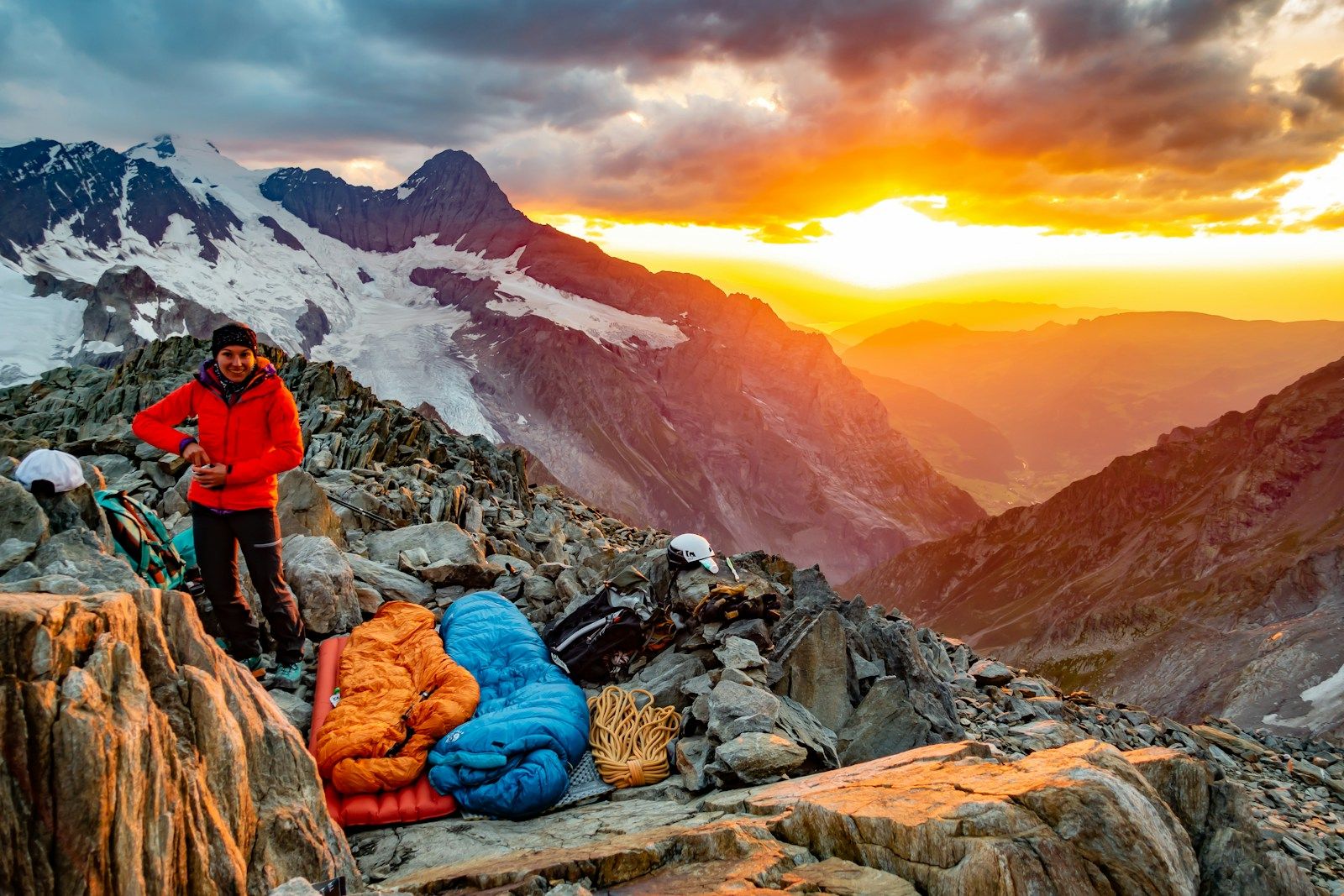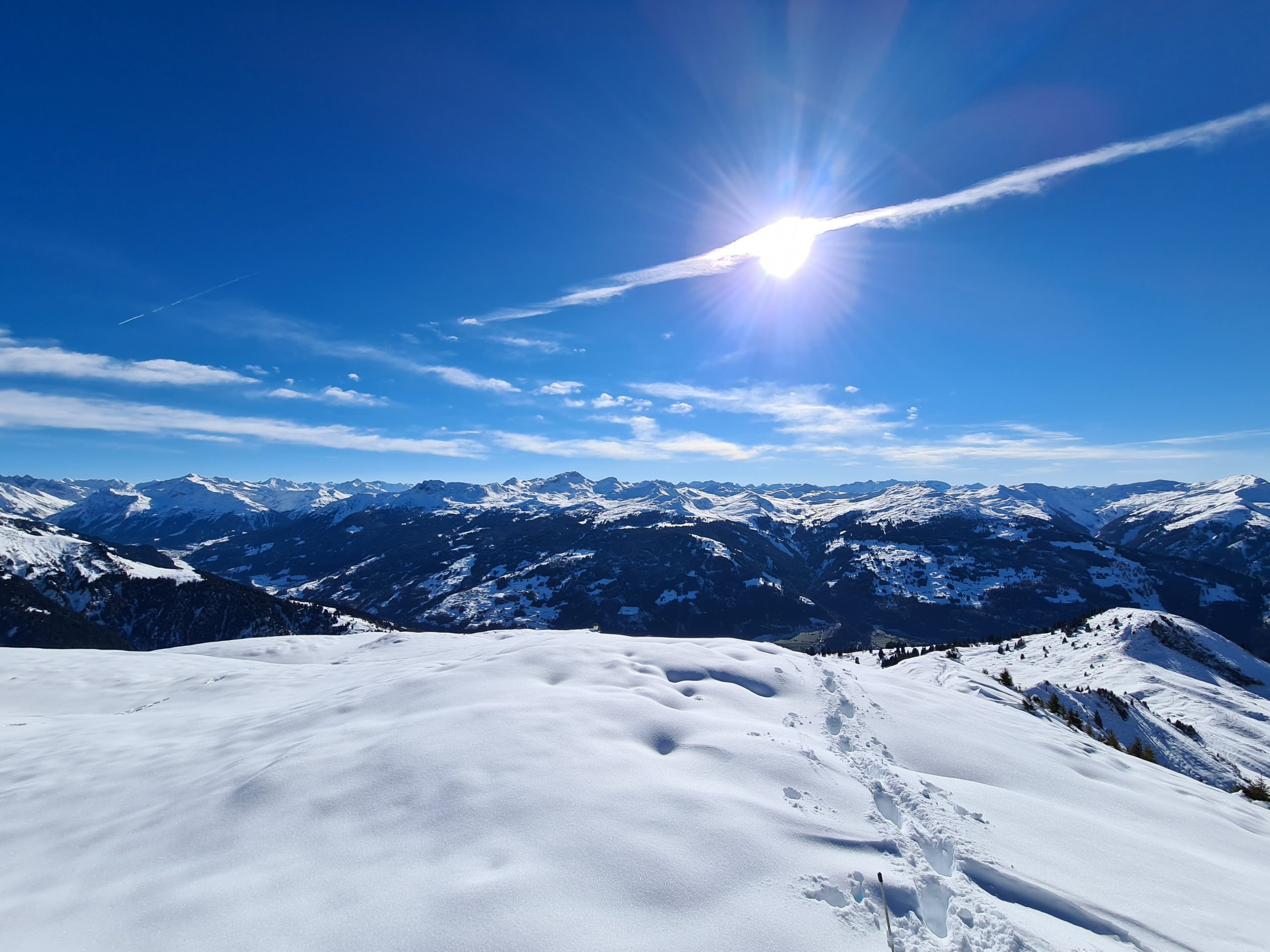When out in the wild, an essential survival skill is knowing where/how to find clean, drinkable water.
Knowing where/how to find sources of water, and how to safely drink from the appropriate sources, could be the difference between a pleasant and unpleasant/dangerous experience out in nature. You can live a lot longer without food than without water.
Generally, we need at least 2 liters of water per day. Outdoors where we exert more energy, sweat a lot, especially in hot weather conditions, we would need more to keep hydrated. Plus, we also need water for cooking and washing.
Here are some useful tips on sourcing water in the wild.
REMEMBER:
Wherever you may find water, it is ideal to purify or filter it first before drinking. Clear water doesn’t always mean it’s drinkable. So it’s best to avoid water-borne diseases while you are out camping or hiking. In cases when purification or filtration is not possible, check the best water sources below.
Sources of Water in the Wild
Running/Flowing water
Photo by: Dinesh Bochare
Flowing sources like streams and rivers are your best water sources outdoors. Especially if you have to drink straight without filtering or purifying, small streams are your best bet. For bigger streams and rivers, go close to the source or upstream where water has fewer chances of contamination. Be careful especially during spring as melted snow carries waste that was stored during the winter.
The faster the water flows, the better. It’s a less likely setting for bacteria to thrive in. Clear lakes and ponds come in second as they are stagnant and have more possibility of bacteria in them.
Ground water
Go to lower ground. Look for places where vegetation grows or where the ground is saturated like wet dirt or sand. Dig a deep hole. After you’ve collected the water, let it settle so the dirt separates. Especially in very dry places or the desert, there are chances of finding groundwater, if you know where to look. If you are able, filter and boil the water.
Rainwater and puddles
If you cannot find running water, rainwater can also be a good source. However, you want to take advantage of the rain and store as much water as you can. If available, use your containers to collect rainwater. It is also best if you can set up a simple rain collecting system. Use a tarp, tie the four corners in trees a few feet high from the ground. At the center, put a small rock for depression and a container under to collect the water.
If containers are not an option, dig a hole in the ground and line it with stones or clay. A makeshift container from hollowed-out wood stumps will also help in collecting rainwater.
Water puddles, although may not be much, are a good alternative if you can’t find the above sources. You’ll find these in rock crevices or tree crotches. Use a cloth to absorb the water and wring into a container.
Plants & other vegetation
Many plants including fruits and vegetables contain water in them. You can squeeze out water from cacti, fleshy plants, and wild fruits. Though not much, it will sustain in difficult situations.
Some plants like bamboo and palms trap water. However, be cautious taking water from poisonous vegetation. If you are not sure, it is better to look for alternative sources.
You can also collect plant transpiration. Wrap a big plastic (or whatever you can use as a bag) around a leafy, green branch. Put a small rock inside the bag to create a depression at the bottom of the bag and keep the accumulated moisture.
Solar Still

A solar still is a good way to collect clean water. You can make a still above ground but an underground still collects more water. To do this, dig a hole about 3 feet wide and 2 feet deep. Line it with some vegetation for added moisture. Cover the hole with a plastic sheet or a tarp and place a small rock at the center. The water that condenses under the cover will drip into the container.
Seawater
We all know that you cannot directly drink seawater. If you are near the ocean, the best way is to distill drinkable water from the seawater. To do this, you can create a solar still. You can also distill seawater by boiling.
Put the water in a pot and cover it with a cloth. The cloth will absorb the steam from the boiling water and as it gets saturated, wring it into a container.
Snow
When snow is abundant, it is best to melt it first. Eating snow directly will lower your core temperature. Ice is also preferred over snow as it yields more water.
Pay attention to signs of water sources
Rely on your senses when looking for water sources in the wild.
Listen. You are most likely to hear flowing water even from a distance. Close your eyes and listen intently.
Look and observe. Animals and their behaviors will lead you to water. You can follow their tracks if you can’t spot them. Mammals and birds drink water during dawn and dusk. Especially in dry areas, watching the direction of bird flocks will show which way to look.
Insects can also lead you to water. Insect swarms are a sign of a nearby water source. Beehives are usually 4 miles of water; bees stay around their hive in this same 4 miles distance. Flies also stay around 100 yards of water.
Scout. Water should be present where vegetation thrives. It also flows downhill so find your way to lower ground following valleys and ditches.
Purifying/Filtering Water
Once you have found water, you need to make sure that it is safe to drink. Depending on the supplies that you have and the situation that you are in, try to purify your water before drinking. This will let you avoid contracting dysentery and other gastrointestinal diseases when you’re out in the wild.
Clarification/Filtration. This is the first step in making sure you have clean water. Separate the dirt and other particles by letting the water in the container sit for some time. You can also use a cloth to strain the dirt out. Using alum or pickling powder is easier if you have them handy.
Disinfection and Purification. Boiling is the most effective way of purifying water. At least a minute of boiling will kill bacteria and viruses.
You can also add iodine, chlorine, chlorine dioxide and other chemicals that can be easily found in drugstores or outdoor shops.
Filters come in ceramic and charcoal and are effective in removing parasites, bacteria and protozoa from your water. However, it does not clear out viruses. When using filters, it is still advised to use chemical disinfectants whenever possible.
Ultraviolet pens are also used for purification. It makes use of the UV short-wavelength and can purify one liter of water in about 90 seconds. UV pens are more expensive than chemicals and other filters and also require batteries.
Be Smart. Be Safe
There is no one rule that fits in making sure you’re drinking clean water. Be smart in figuring out what is best. You might need to do a combination of the above methods or none at all. When there is absolutely no chance to purify your water, the best way is to find the right source.
The common rule that sticks to every outdoor adventure is to be prepared, plan ahead, and be prepared for any potential difficult scenario.





